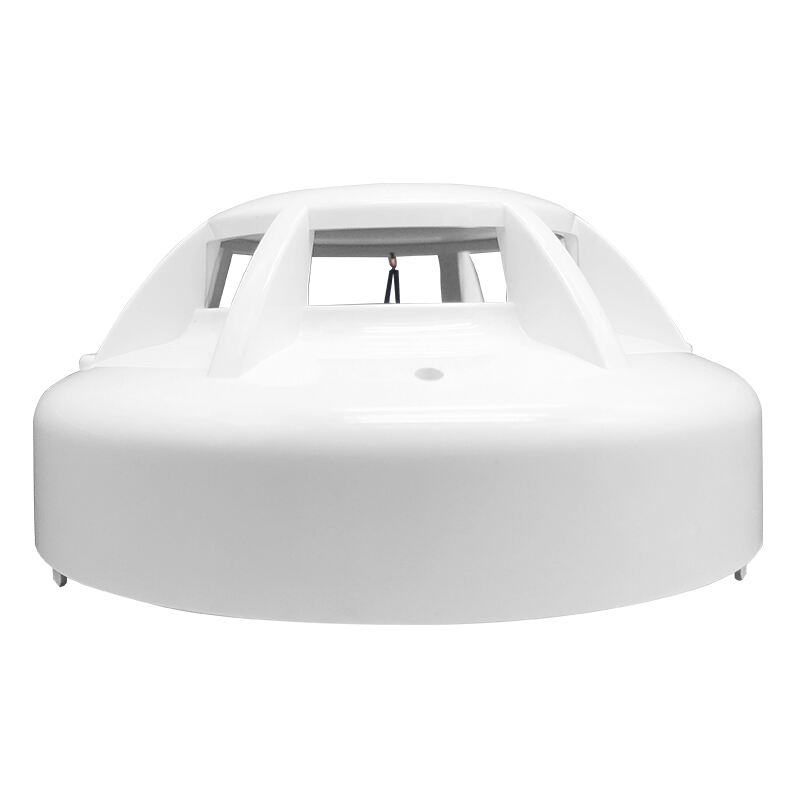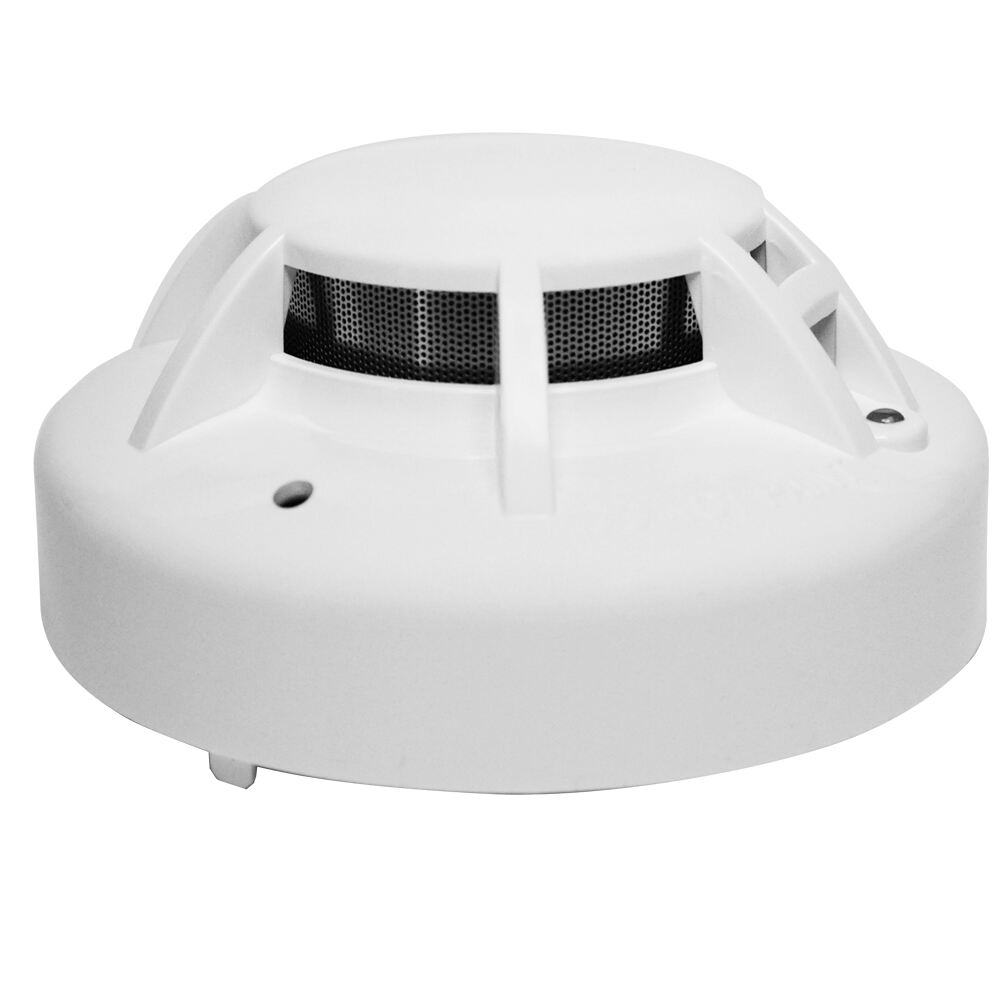Fire alarm systems play an essential role in protecting people and property in homes, businesses, and factories alike. Fires happen all over the world each year causing massive destruction, but when properly installed alarms give occupants precious time to escape before things get out of hand. Research indicates that working fire alarms can actually halve death rates during building fires. That's why it matters so much for building owners to make sure their alarm systems meet current safety standards. Regular maintenance checks aren't just paperwork requirements they're life saving measures that prevent tragedies from becoming catastrophes.
Fire alarm technology has come a long way from basic smoke detectors hanging on walls. Today's systems are packed with smart tech that actually makes homes safer and lives easier. One standout feature is real time monitoring that works hand in hand with everything else in the house's security setup. When there's trouble, these systems can talk through built in speakers to guide people out safely instead of just beeping wildly. They also hook up with all sorts of smart home gadgets like thermostats and lights so everyone gets warned properly no matter where they are. The best part? Most of these fancy systems aren't hard to install or maintain, which explains why so many homeowners are swapping out old equipment for something that keeps pace with how we live now.
When it comes to fire alarm systems, few companies have built such a strong reputation over time as Pye-Barker Fire & Safety. With roots stretching back multiple decades ago, they've managed to expand throughout most states in America while maintaining quality service standards. Their approach differs from many competitors because they offer everything from initial installations right through regular inspections and necessary maintenance work. People talk about how Pye-Barker combines new technologies with tried-and-true methods to create dependable fire protection solutions for businesses big and small. Staying ahead of industry changes matters a lot to them, which explains why customers keep coming back year after year. That kind of dedication helps explain why they remain one of the top names in fire safety today.
DynaFire stands out in the fire alarm systems market thanks to their creative solutions and really good customer support. They focus on designing fire alarm systems that fit exactly what each business needs. What sets DynaFire apart is how they blend modern tech with careful attention to detail during design, installation, and ongoing maintenance work. This keeps everything compliant with fire safety rules across the board. The company clearly cares about safety standards, which shows through their full range of services covering compliance issues, safety worries, and tricky installations too. By keeping an eye on where the industry is heading, DynaFire manages to install systems that are genuinely ahead of the curve, giving businesses better protection and letting owners sleep easier at night.
Since 1946, Koorsen Fire & Security has stood strong in the fire alarm business, providing knowledge about designing, installing, and keeping these systems running properly. The company's approach centers around becoming that go-to place for everything related to fire alarms, so customers don't need to look elsewhere for quality protection services. As time went on, Koorsen learned how to keep up with what was happening in the industry by adopting new tech stuff and following updated standards, which naturally expanded what they could offer. Smoke detectors, fire alarm control panels, and voice evacuation systems are just some of the areas where they excel, giving complete protection that fits exactly what different types of businesses require. All this flexibility combined with deep experience makes Koorsen a reliable choice when it comes to fire safety matters.
Fire alarm systems are getting a major tech upgrade these days as companies work on making them safer and more efficient. One big improvement we're seeing is smarter smoke detectors that can tell the difference between actual smoke from fires and things like cooking fumes or steam from bathrooms. This helps cut down on those annoying false alarms everyone gets tired of. Artificial Intelligence is changing the game too. Modern systems now use AI to look at all sorts of environmental factors - temperature changes, humidity levels, even how quickly smoke spreads - to spot possible fire dangers before they become real problems. And let's not forget about the Internet of Things. When connected through IoT networks, different components in a building's fire safety system can talk to each other instantly. A smoke detector in one part of a building might trigger sprinklers in another area automatically when it senses something wrong. Industry studies show this tech isn't just better at preventing disasters, it's exactly what businesses want right now as they push toward fully automated smart buildings across various sectors.
Fire alarm system design has shifted toward putting people first rather than just focusing on technical specs. Companies are making their control panels easier to understand and navigate for all sorts of users these days. What we see happening is manufacturers developing systems that actually work well in real world settings while giving operators ways to tweak performance over time. Today's market wants fire alarms that don't require engineering degrees to operate properly. People who aren't tech savvy should still be able to check statuses, run tests, and respond appropriately when needed. Looking at how things have changed recently shows the whole industry cares more about actual usability than ever before, which ultimately means safer buildings and fewer false alarms caused by confused operators.
Fire alarm repeaters play a key role when it comes to extending how far and how well fire alarm systems work throughout buildings. These devices basically work alongside the main control panel, boosting those warning signals so they can travel further distances. That means people in distant parts of a building still get alerted properly. Most models come with these little switches called DIP switches that let technicians assign unique addresses to each repeater. This setup allows installation of several repeaters at once, typically around four different types maximum. For big commercial spaces like shopping malls or industrial warehouses where walls might block signals, having these repeaters makes all the difference. They ensure no blind spots exist in critical safety zones.

A 4 wire heat detector that includes a relay output serves as an important component in modern fire detection systems, since it combines both heat sensing and smoke detection functions all in one unit. These detectors work with a photoelectric chamber alongside a thermal sensor, which gives them good reliability when installed in areas where both smoke particles and rising temperatures are common concerns. What makes these devices stand out is their ability to handle various conditions across different temperature ranges and humidity levels, so they can be used almost anywhere from industrial settings to commercial buildings. Plus there's that handy LED light that shows whether everything is working properly or not, which really helps technicians during routine inspections and troubleshooting without having to guess what might be going wrong inside the housing.

The 4 wire smoke detector comes equipped with a relay output and uses photoelectric tech that cuts down on those annoying false alarms so common with other detectors. What makes this model stand out is how well it catches smoldering fires long before they turn into actual flames that can spread through a building. Homeowners and business operators alike find these detectors work great across different environments because they just plain work reliably day after day without much fuss. Plus, the relay output isn't just some fancy spec sheet feature it actually lets the detector hook up to larger security setups, making the whole property safer when everything works together as part of a comprehensive system.

Green practices are now playing a big role in fire protection equipment development as manufacturers work on creating products that are better for the environment. Many new fire alarm systems come with components made from materials that can actually be recycled later on, plus they incorporate tech that uses less power overall. The whole industry seems to be moving toward reducing waste at every stage, from when these systems are first made all the way through their eventual disposal. We're seeing this shift happening pretty fast throughout the sector, with companies making sustainability a priority not just for marketing reasons but because it makes real business sense too.
Smart tech is changing the game when it comes to fire alarms these days. We're seeing things like remote monitoring capabilities, automatic warning systems, and connections to other smart building features throughout the industry. The real value here lies in how these improvements actually make buildings safer and cut down on response times. When there's smoke detected somewhere, the system sends out alerts to both management staff and people inside the building almost immediately. This gives everyone time to react properly before situations get worse. Integrating fire detection systems with all those other smart components makes buildings not just safer but also run better overall. Property owners especially appreciate knowing their tenants feel secure living or working in spaces protected by these advanced technologies.
The safety world is changing fast, and fire alarm system providers are stepping up in big ways. These firms help cut down on fire hazards and keep facilities compliant as rules keep getting updated. When they adopt new tech, buildings get better protection systems that work more reliably day after day. Companies want to protect people and assets now more than ever, especially with safety standards getting stricter all the time. What makes these progressive firms stand out? They constantly update their offerings so businesses stay within legal boundaries without sacrificing quality. Many have already integrated smart sensors and cloud-based monitoring into standard installations, giving property managers real-time data about potential threats before problems actually occur.

Copyright © 2024 RISOL TECH LTD All Rights Reserved Privacy policy